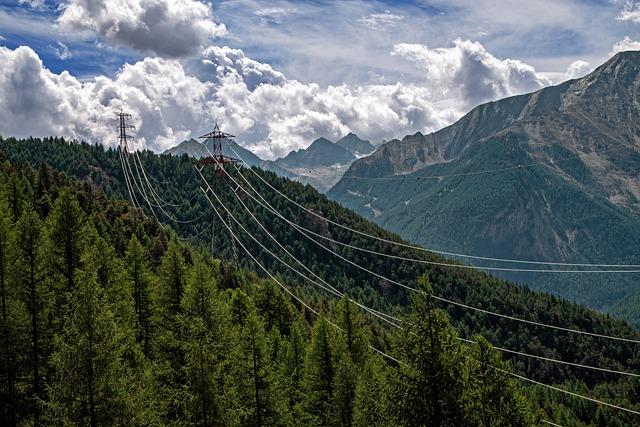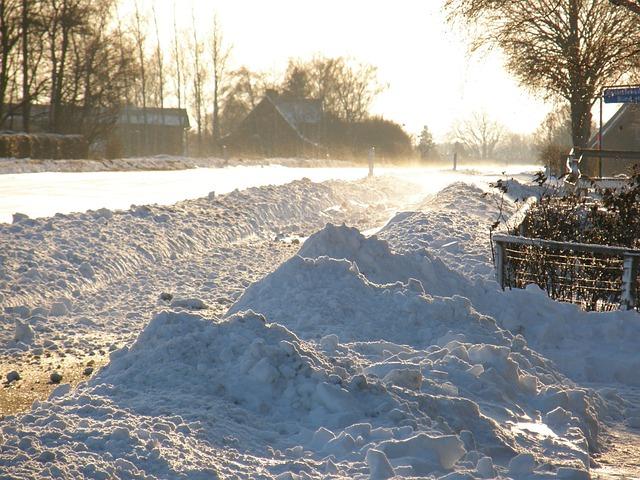Introduction:
The use of trees as natural windbreaks plays a vital role in various environments, providing a range of benefits while serving as a sustainable and eco-friendly solution. Windbreaks consist of narrow strips of trees strategically planted to shield fields, homes, and other areas from the harsh effects of wind and blowing sand. These linear plantings of trees and shrubs create a protective barrier that offers numerous advantages, such as improved temperature control, reduced soil erosion, and the creation of a more pleasant outdoor environment. In this article, we will delve into the importance and benefits of using trees as natural windbreaks, exploring how they contribute to enhancing agricultural landscapes, protecting properties, and fostering overall environmental sustainability[1][3].
When selecting the right tree species for windbreak planting, it is essential to consider a few key factors. Opt for fast-growing trees like Green Giant Arborvitae for quick establishment and effectiveness in creating a wind barrier. Additionally, prioritize evergreen trees with dense foliage and slender shapes to maximize wind protection and privacy[2].
For optimal placement of trees for maximum wind blocking, plant them in multiple rows with varying heights to create a staggered effect that disrupts wind flow effectively. Additionally, consider the prevailing wind direction in your area to strategically position the trees for the most significant impact in wind reduction. Regular maintenance and pruning are crucial for ensuring that the trees remain effective as windbreaks. Remove any forked or multi-stemmed trees prone to breakage to promote the growth of tall, single-stem trees that provide superior wind protection[3].
When incorporating trees into your overall landscape design for wind protection, consider the aesthetic appeal along with functionality. Blend the windbreak trees seamlessly into your existing landscape to enhance the visual appeal while also reaping the benefits of wind protection. Remember to space the trees adequately to allow for healthy growth and proper wind dispersion. By strategically selecting, placing, maintaining, and integrating trees into your landscape, you can create a natural windbreak that not only serves its purpose but also adds beauty to your surroundings.
Q&A
Q: What is a natural windbreak?
A: A natural windbreak is a line of trees or shrubs planted to reduce the force of wind on a property.
Q: How can trees be used as natural windbreaks?
A: Trees can be strategically planted around a property to block or redirect wind, reducing its speed and minimizing its impact.
Q: What are the benefits of using trees as natural windbreaks?
A: Using trees as natural windbreaks can help protect buildings, crops, and gardens from wind damage, reduce heating and cooling costs, create habitat for wildlife, and improve the aesthetic appeal of a property.
Q: What types of trees are best for use as natural windbreaks?
A: Trees with dense foliage and sturdy trunks, such as conifers or evergreens, are often recommended for use as natural windbreaks.
Q: How should trees be planted to effectively serve as windbreaks?
A: Trees should be planted in multiple rows, with the tallest trees in the outermost row to create a barrier against strong winds.
Q: Are there any maintenance requirements for trees used as natural windbreaks?
A: Regular pruning, watering, and monitoring for pests or diseases are important for maintaining the health and effectiveness of trees used as natural windbreaks.
Conclusion
utilizing trees as natural windbreaks can offer a multitude of benefits in various contexts. From reducing soil erosion and protecting crops from mechanical damage to supporting wildlife by providing food sources, windbreaks play a crucial role in enhancing agricultural practices and ecological conservation. By incorporating a diverse selection of trees and shrubs like chokecherry, sandcherry, gooseberry, and currant, individuals can create effective windbreak plantings that not only serve practical purposes but also contribute to environmental sustainability. As nature’s outdoor air conditioners, windbreaks stand as a testament to the symbiotic relationship between trees and the ecosystem they inhabit. For more in-depth information on windbreaks and their advantages, refer to the insightful resources available on ScienceDirect[1], Colorado State Forest Service[2], and the USDA[3].
Simpsons Tree Services, Servicing Melbourne’s North Eastern Suburbs
Book a quote online at www.simpsonstrees.com.au



